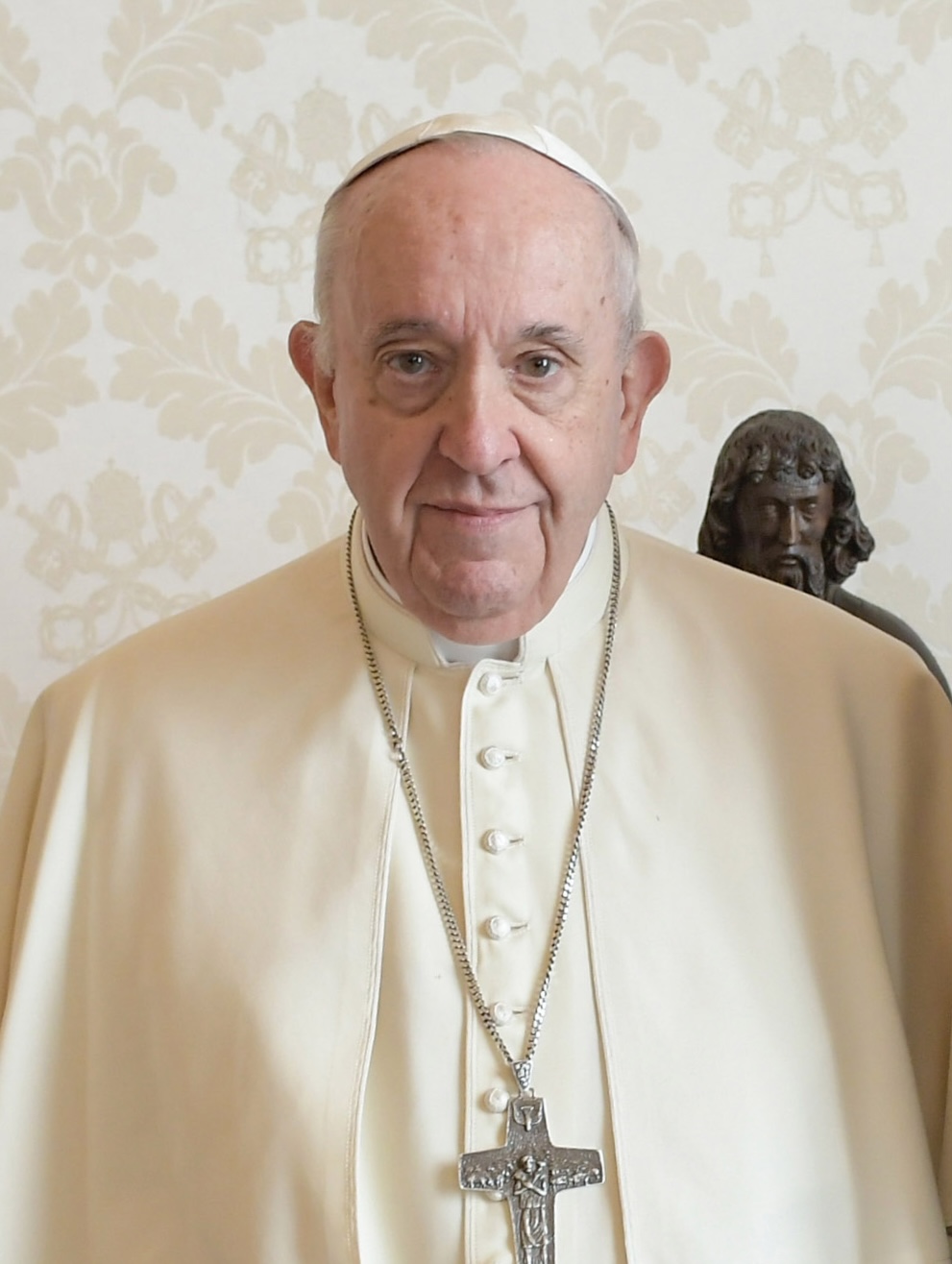Catholic facts
Differences and Similarities between Bishop and Pope
Within the intricate hierarchy of the Catholic Church, two roles stand out prominently—Bishops and the Pope. These esteemed figures bear a significant responsibility in guiding the Church and its faithful, yet they hold distinct positions with varying authority and duties. In this comprehensive exploration, we delve deep into the differences and similarities between Bishops and the Pope, shedding light on their roles, functions, and significance within the Catholic Church.
Bishops: The Regional Spiritual Shepherds
Definition: Bishops are high-ranking clergy members within the Catholic Church, each presiding over a specific geographic region or diocese. The title “Bishop” originates from the Greek word “episkopos,” which means overseer. Bishops are considered the spiritual leaders of their diocese, serving as shepherds to the local Church.
Ordination: To become a Bishop, one must undergo a special consecration that includes the laying on of hands by other Bishops. This ordination marks their unique role within the Church.
Responsibilities:
- Spiritual Oversight: Bishops are spiritual overseers of their dioceses. They provide guidance, leadership, and pastoral care to the clergy and congregations under their jurisdiction.
- Church Governance: Bishops hold authority in matters of doctrine, discipline, and church administration within their diocese. They make decisions on these aspects, often in consultation with their fellow Bishops.
- Ordination and Confirmation: Bishops are responsible for ordaining new clergy and administering the sacrament of confirmation, a rite of initiation into the Church.
- Episcopal Vestments: Bishops are often distinguished by their distinctive vestments, including the mitre (a pointed headdress), a crosier (a shepherd’s staff), and other regal attire.
The Pope: The Supreme Pontiff
Definition: The Pope, short for “Pontifex Maximus,” is the highest authority within the Catholic Church, serving as the spiritual leader of the entire global Catholic community. The Pope resides in the Vatican City and is the Bishop of Rome. He is considered the successor of Saint Peter and holds the highest position within the Church.
Ordination: The Pope is elected by a conclave of Cardinals following the death or resignation of the previous Pope. The Pope’s role is one of service, leading the Church as the Bishop of Rome.
Responsibilities:
- Supreme Spiritual Authority: The Pope holds the highest spiritual authority within the Catholic Church. He is responsible for overseeing the entire global Church, making decisions on matters of faith, doctrine, and discipline.
- Infallibility: In Catholic doctrine, the Pope is considered infallible when speaking “ex cathedra” on matters of faith and morals. This means that his teachings are considered without error in specific circumstances.
- Global Spiritual Leadership: The Pope is regarded as the spiritual leader of the global Catholic community. He presides over significant Church events, addresses theological and moral issues, and engages with the faithful worldwide.
Differences Between Bishops and the Pope
- Scope of Authority: The most significant difference lies in the scope of authority. Bishops oversee a specific geographic diocese, while the Pope holds supreme authority over the entire Catholic Church.
- Ordination Process: Bishops undergo episcopal ordination within their diocese, while the Pope is elected by a conclave of Cardinals, following the death or resignation of the previous Pope.
- Spiritual Oversight: Bishops provide spiritual leadership to their local diocese, while the Pope leads the global Catholic community.
Similarities Between Bishops and the Pope
- Ordination: Both Bishops and the Pope undergo a form of ordination, marking their roles as spiritual leaders within the Church.
- Spiritual Leadership: Both roles involve providing spiritual leadership, guidance, and pastoral care to their respective communities, whether local or global.
- Church Governance: Bishops and the Pope make decisions on matters of faith, doctrine, and church administration within their respective jurisdictions.
Conclusion
While Bishops and the Pope are distinct in their positions and authority within the Catholic Church, they share a common commitment to the spiritual well-being of the faithful. Bishops serve as regional spiritual shepherds, guiding their dioceses, while the Pope assumes the role of the supreme spiritual leader of the entire Catholic community. This hierarchy and distribution of responsibility within the Church have evolved over centuries, with the Pope serving as the unifying figure of the Catholic faith. Both Bishops and the Pope play integral roles in nurturing and guiding the spiritual lives of Catholics, embodying the Church’s mission to bring faith, hope, and love to all.
About Author
























